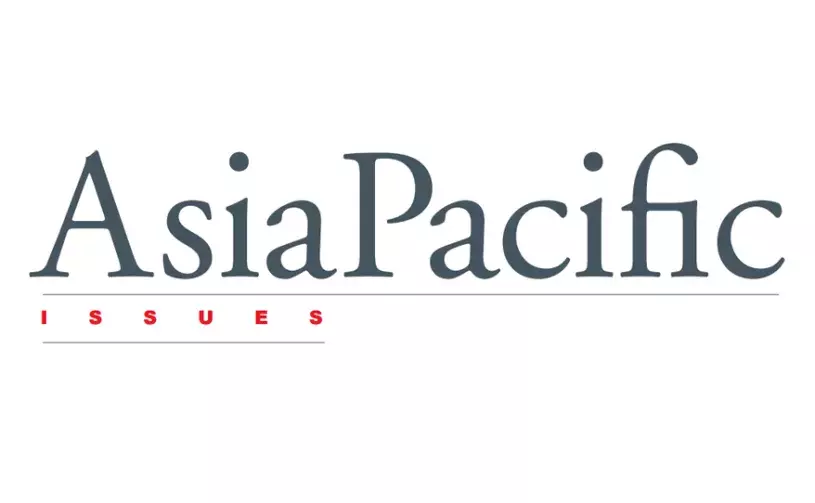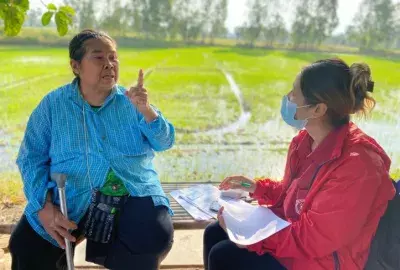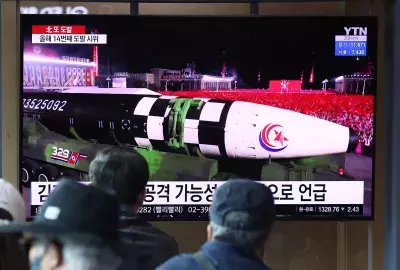Error message

Nearly 15 years after entry into force, the UN Rome Statute of the International Criminal Court has 124 state parties, meaning that nearly two-thirds of states have joined this initiative to end impunity for the worst atrocities. Despite this global diffusion and normalization of international criminal justice, only 3 of 11 states in Southeast Asia have ratified the Statute. In response to the region's underrepresentation among ICC state parties, various governmental and nongovernmental actors have undertaken efforts to raise awareness of the Rome Statute and promote ratification in the region. However, beyond expanding the reach of the Statute, there is scope to draw upon regional experiences and potential to build a stronger foundation for an emerging regional consensus around ending impunity for mass atrocities.
The views expressed in this publication are those of the authors and not necessarily those of the Center.
Nearly 15 years after entry into force, the UN Rome Statute of the International Criminal Court has 124 state parties, meaning that nearly two-thirds of states have joined this initiative to end impunity for the worst atrocities. Despite this global diffusion and normalization of international criminal justice, only 3 of 11 states in Southeast Asia have ratified the Statute. In response to the region's underrepresentation among ICC state parties, various governmental and nongovernmental actors have undertaken efforts to raise awareness of the Rome Statute and promote ratification in the region. However, beyond expanding the reach of the Statute, there is scope to draw upon regional experiences and potential to build a stronger foundation for an emerging regional consensus around ending impunity for mass atrocities.
The views expressed in this publication are those of the authors and not necessarily those of the Center.







